
Capacitive sensor FDC is a kind of capacitor as sensing element, the measured physical or mechanical quantity into capacitance change conversion device. Inductance sensor (LDC) is a kind of device which uses the change of coil self-inductance or mutual inductance coefficient to realize non-electric measurement. In order to improve the robustness of FDC, in addition to the corresponding design on the sensor layout, it is necessary to use the measurement circuit with compensation function to compensate the output capacitance.
Capacitors and inductors are the basic components in a circuit, and both can be used to sense. Capacitive sensor FDC is a kind of capacitor as sensing element, the measured physical or mechanical quantity into capacitance change conversion device. In fact, it is a capacitor with variable parameters, widely used to measure displacement, Angle, vibration, velocity and pressure.
Inductance sensor (LDC) is a kind of device which uses the change of coil self-inductance or mutual inductance coefficient to realize non-electric measurement.
FDC: High robustness of non-contact measurement
The most typical FDC consists of an upper and lower electrode (plate), an insulator (dielectric) and a substrate. When the film is subjected to pressure, the film will deform to a certain extent, resulting in a certain degree of change in the distance between the upper and lower electrodes, thus generating induction to the object under test according to the change in capacitance. In general, the robustness of any capacitance-based sensing system is very important for reliability and accuracy, so how to break through the limitations of traditional capacitor technology in terms of robustness is particularly important.
The first is the effect of temperature. The upper and lower electrode spacing of FDC is very small, and it is very sensitive to the change of structure size. Changes in the relative position of parts caused by temperature may lead to inaccurate FDC measurement. Therefore, the effective method to improve the robustness of FDC is to select stable materials and set reasonable upper and lower electrode spacing.
The second is the nonlinear effect of capacitor edge effect. The non-uniform electric field distribution on the edge of capacitor will reduce the sensitivity of sensor and deepen the nonlinearity. In order to improve the robustness of FDC, in addition to the corresponding design on the sensor layout, it is necessary to use the measurement circuit with compensation function to compensate the output capacitance.
Third, the limiting factor is the effect of parasitic capacitors that capacitors cannot avoid. If the FDC itself has a large capacitor, this effect is relatively small. If the FDC capacitor itself is small, the parasitic capacitor will seriously affect the capacitor characteristics of the sensor. Electrostatic shielding is a complex but effective means to overcome parasitic capacitors.
Previously TI proposed a different phase to reduce the influence of parasitic capacitors outside the FDC. TI has proposed an OoP technique that uses a shielded drive on a capacitor digital converter to offset the influence of external capacitors and stabilize measurements in a unique way through a symmetrical sensor layout. When OoP was used, the absolute error of the technology FDC was improved by orders of magnitude compared with the traditional capacitor technology, and the robustness of the technology FDC was significantly improved after eliminating the influence of external capacitor.
The nonlinear defects of these FDCS limit their application to some extent, but in general, FDCS are a very practical high-precision sensor with simple structure, good dynamic response, and can achieve non-contact measurement.
Multifaceted application of LDC
LDC is also a sensor for non-contact measurement. There are many use cases in the field of automation, using coil self-inductance or mutual inductance coefficient variation to achieve non-electric measurement. In addition, because the LDC does not have magnetic induction, its analog front end and converter allow for sub-micron level ultra-high accuracy in position sensing applications without being affected by the DC magnetic field.
LDC devices can be used in quite a few directions. Inductive touch devices have replaced many wearable devices and mechanical button applications for industrial HMI. LDCS do not require metal contacts and washers in touch button applications. Its size can be small, in a variety of conditions than mechanical buttons more stable. It can also be pressure tested through the LDC to achieve multilevel button functionality.
Multi-channel LDCS are also a good choice for monitoring multiple sensor systems, rather than high-resolution differential sensors. Multi-channel LDCS can be designed with a single LDC device for multi-sensor systems. In continuous sampling mode, the power consumption of these multi-channel LDCS is usually on the order of a few milliamps, lower than the Hall effect sensing power consumption, which is very practical.
In the field of non-dynamic proximity detection, LDCS have always been a cost-effective option. This LDC sensing is essentially a PCB coil at very low cost. Its perceived distance is directly related to the size of the sensor coil. Generally speaking, 1um to 10cm is the feasible perceptual range of LDC. For most LDC devices, the maximum sensing range is generally 50% of the coil diameter in high precision, high resolution applications. For low precision, low resolution applications, this range can be extended up to 100% of the diameter of the coil.
In a variety of applications, these LDCS have unique advantages and play an important role in automatic control systems.
Conclusion
These common capacitive and inductive sensing have unique advantages in applications. Although their respective shortcomings limit their scope of application, with the development of materials, processes and electronic technology, FDC and LDC can further exploit the advantages of non-contact measurement while overcoming shortcomings as far as possible.
The Products You May Be Interested In
 |
558 | RUGGED METAL PUSHBUTTON | 458 More on Order |
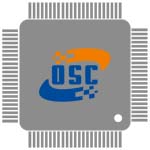 |
3983 | MINI SOFT TOUCH PUSH-BUTTON SWIT | 164 More on Order |
 |
1189 | SWITCH PUSHBUTTON SPST-NO BLUE | 247 More on Order |
 |
473 | SWITCH PUSHBUTTON SPST-NO RED | 350 More on Order |
 |
4186 | RED LED ILLUMINATED TRIANGLE PUS | 422 More on Order |
 |
375 | MAGNETIC CONTACT SWITCH (DOOR SE | 554 More on Order |
 |
4058 | SENSOR OPTICAL 5-4000CM I2C/PWM | 312 More on Order |
 |
1137 | MAXBOTIX WEATHER-RESISTANT ULTRA | 433 More on Order |
 |
982 | MAXSONAR RANGEFINDER LV-EZ4 | 143 More on Order |
 |
980 | MAXSONAR RANGEFINDER LV-EZ2 | 159 More on Order |
 |
3245 | THERMOCOUPLE TYPE-K GLASS BRAID | 201 More on Order |
 |
1995 | 5V 2.4A SWITCHING POWER SUPPLY W | 454 More on Order |
 |
2555 | DIGITAL RGB LED WEATHERPROOF STR | 285 More on Order |
 |
3635 | ADDRESS LED STRIP 1M | 532 More on Order |
 |
2735 | ADDRESS LED MATRIX SERIAL RGB | 399 More on Order |
 |
1270 | ADDRESS LED 7 SEG I2C RED | 408 More on Order |
 |
887 | STRIP 60LED COOL WHITE WP 5M | 254 More on Order |
 |
2524 | 3W-9W RGB LED - COMMON ANODE | 291 More on Order |
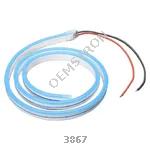 |
3867 | FLEXIBLE SILICONE NEON-LIKE LED | 371 More on Order |
 |
3868 | FLEXIBLE SILICONE NEON-LIKE LED | 448 More on Order |
 |
1726 | DISPL HDMI 4 PI 7"" 1280X800 IPS | 159 More on Order |
 |
1814 | LED BAR 10-SEGMENT GREEN | 309 More on Order |
 |
398 | RGB BACKLIGHT POSITIVE LCD | 397 More on Order |
 |
284 | BRIDGE USB 2.0 MODULE | 638 More on Order |

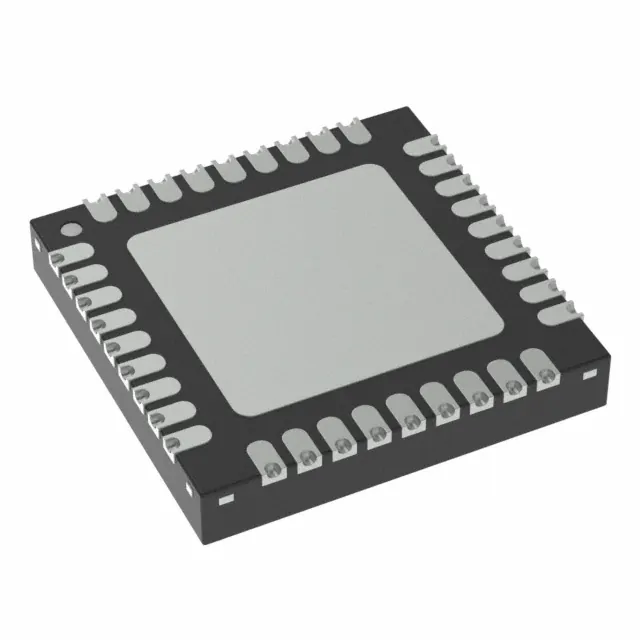 Semiconductors
Semiconductors









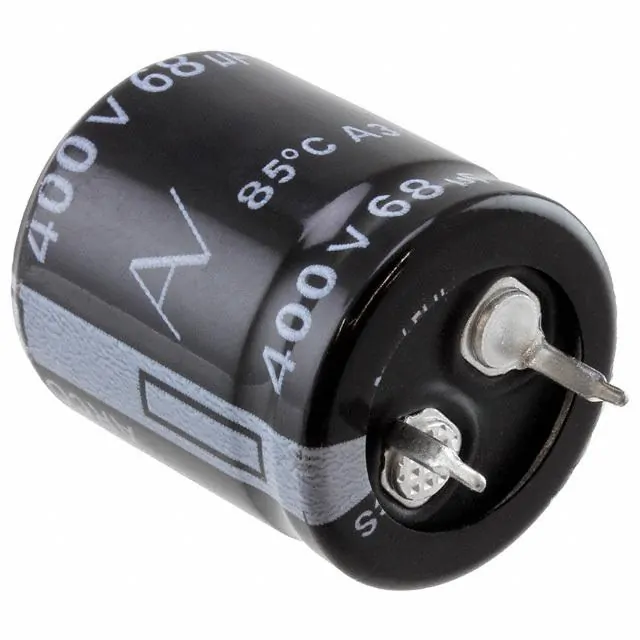 Passive Components
Passive Components









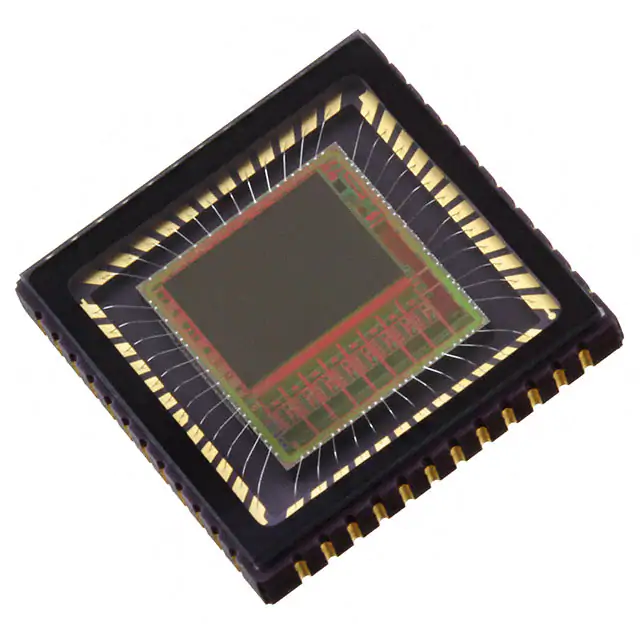 Sensors
Sensors








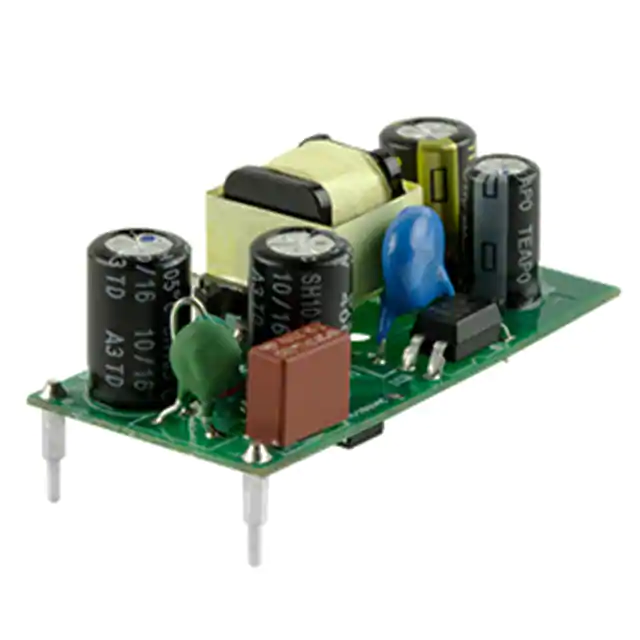 Power
Power









 Optoelectronics
Optoelectronics








